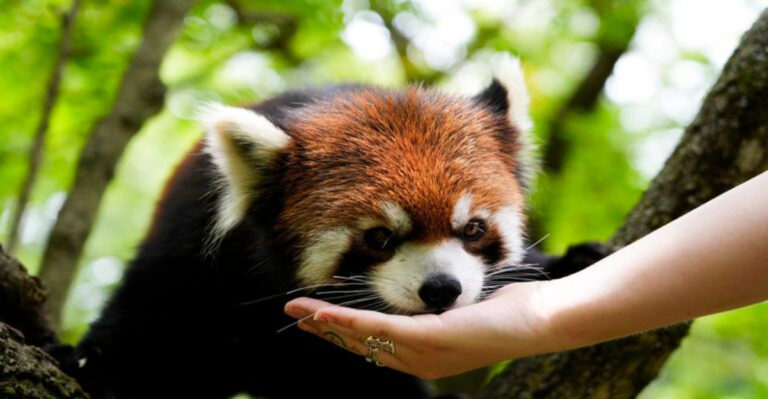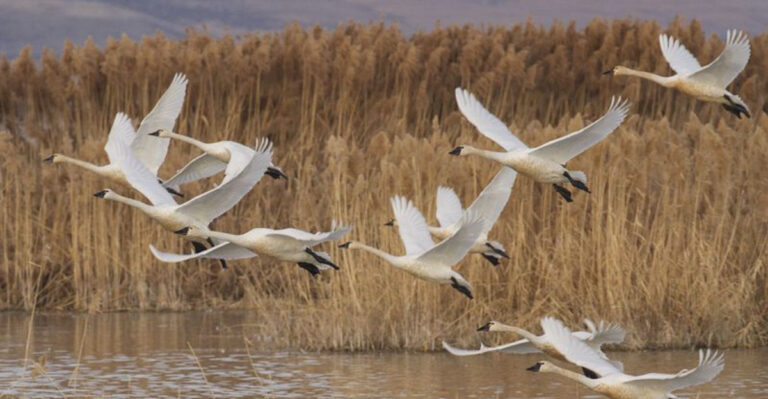15 Endangered Species In South America You Should Know About
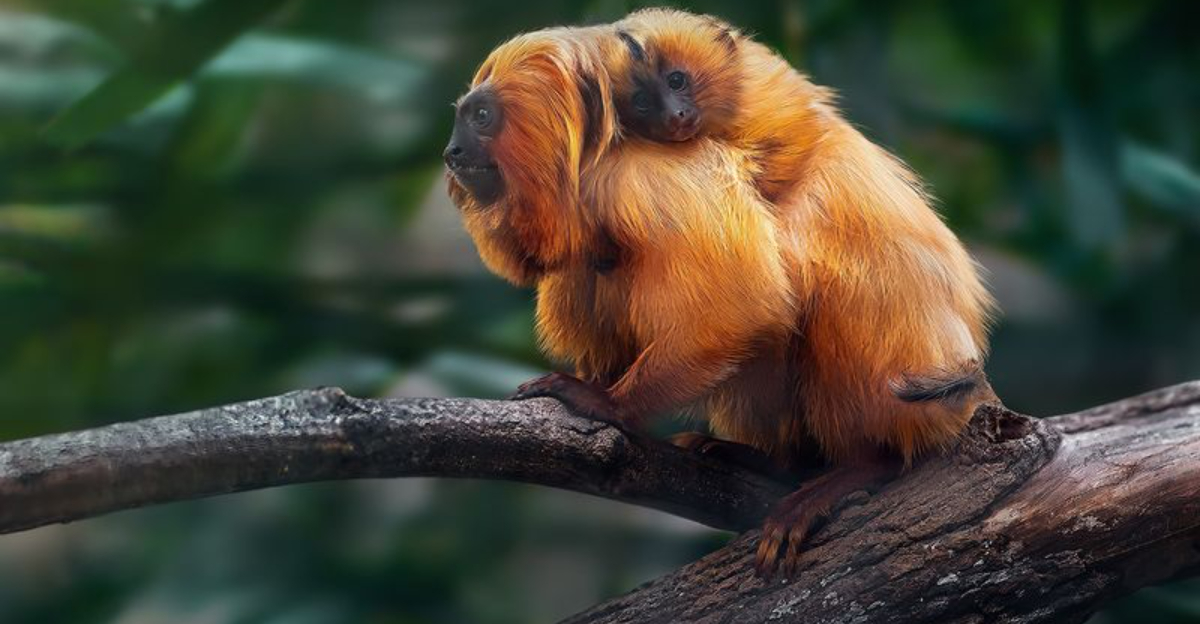
South America’s rainforests, mountains, and coastal regions are home to some of the world’s most fascinating creatures – many of which face serious threats to their survival.
From tiny golden frogs to majestic big cats, these endangered species are fighting against habitat loss, poaching, and climate change.
Learning about these amazing animals helps us understand why protecting them is so important for keeping South America’s ecosystems healthy and balanced.
1. Spectacled Bear – The Only South American Bear
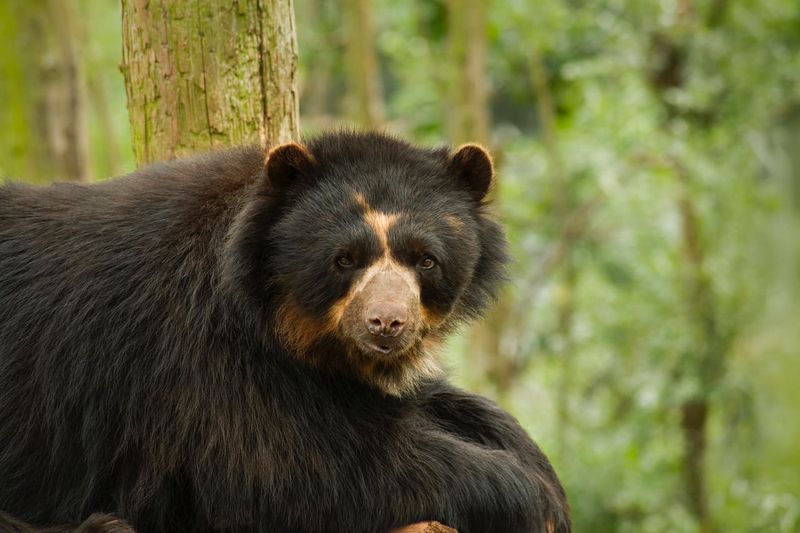
These shaggy forest dwellers get their name from the light-colored rings around their eyes that look like glasses. Spectacled bears spend most of their time in trees, munching on fruits, berries, and occasionally small animals.
Living in the cloud forests and páramos of the Andes Mountains, these bears face serious threats from farmers who see them as pests. Their population has dropped below 10,000 in the wild.
Unlike their northern cousins, spectacled bears don’t hibernate. They build leafy platforms in trees where they rest and feed, sometimes staying in the same tree for days.
2. Pink River Dolphin – Mysterious River Navigator
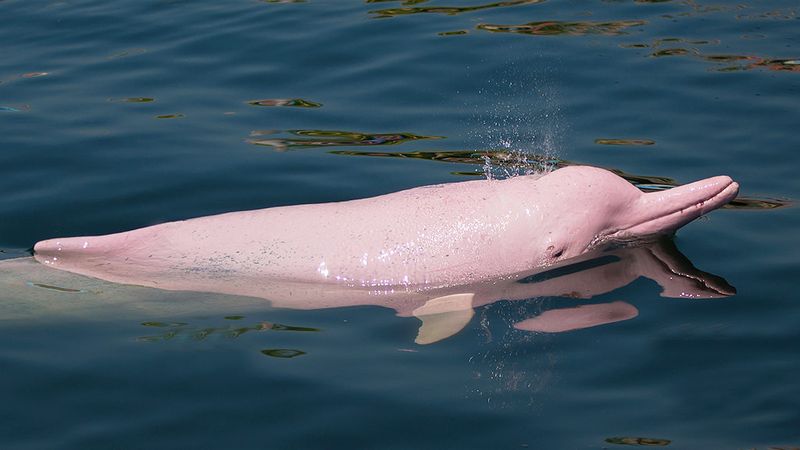
Gliding through the murky waters of the Amazon River, the pink river dolphin seems almost magical. Adult males develop a vibrant pink color that makes them stand out in the brown waters. Local legends claim these dolphins can transform into handsome men at night!
Sadly, these unique mammals face numerous threats. Dam construction blocks their movement, while mercury pollution from illegal gold mining poisons their habitat. Some fishermen even kill them to use as bait.
Pink river dolphins have the largest brain-to-body ratio of any dolphin species, suggesting remarkable intelligence. They use echolocation to find prey in waters too cloudy to see through.
3. Giant Armadillo – Armor-Plated Giant
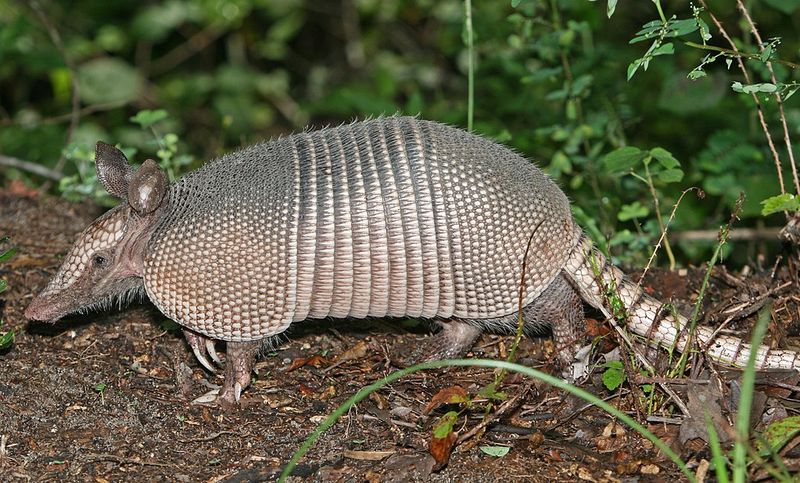
Imagine an armadillo the size of a small pig! Giant armadillos can grow over 5 feet long and weigh up to 70 pounds. Their powerful claws can tear through termite mounds and ant nests in seconds, making them nature’s pest controllers.
These nocturnal diggers create massive burrows that provide homes for many other animals. Unfortunately, habitat destruction and hunting have made them one of the rarest mammals in South America.
Scientists estimate fewer than 10,000 giant armadillos remain in the wild. They’re so elusive that researchers often rely on their distinctive tracks and burrows to study them rather than actual sightings.
4. Andean Condor – Sky King Of The Andes
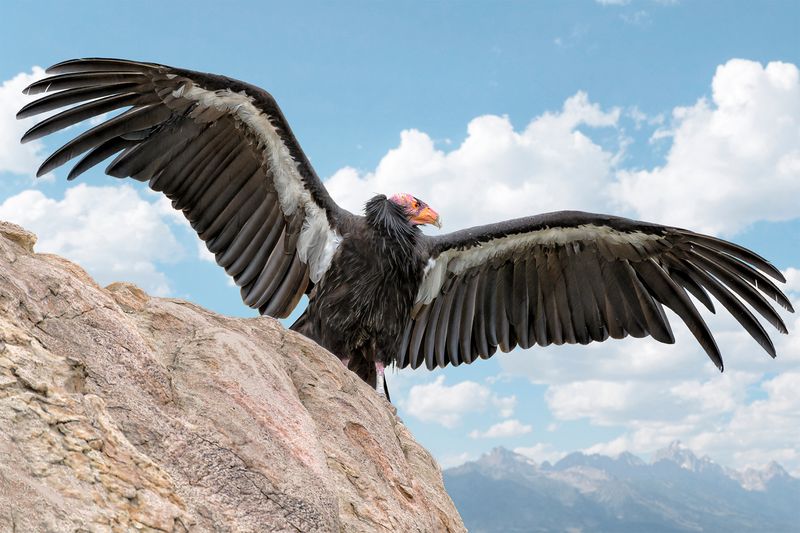
With the largest wingspan of any land bird – up to 10 feet across – Andean condors are truly magnificent. These massive birds can soar for hours without flapping their wings, riding thermal currents high above the Andean mountains where they spot carrion with their keen eyesight.
Andean condors may live over 70 years in the wild, but they reproduce very slowly. A female typically lays just one egg every two years, making population recovery difficult.
Historically revered by indigenous cultures as messengers to the gods, these majestic birds now face threats from habitat loss, poisoning, and hunting. Conservation programs are working to reintroduce captive-bred condors to boost wild populations.
5. Darwin’s Fox – Mysterious Island Dweller
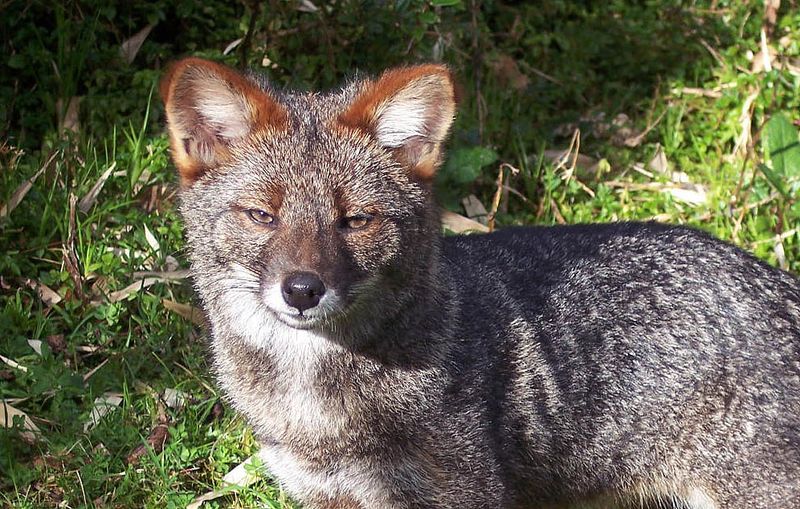
First discovered by Charles Darwin himself in 1834, this dark-furred fox remains one of the world’s most elusive canids. With fewer than 1,000 individuals left, most live on Chiloé Island off Chile’s coast, with a small mainland population in coastal rainforests.
Darwin’s foxes have adapted to life in dense, humid forests where they hunt for small mammals, insects, and berries. Unlike many foxes, they’re active during both day and night, changing their schedule based on human activity.
Logging, road construction, and attacks by domestic dogs threaten their survival. These foxes are so rare that many Chileans have never seen one, despite living near their habitat.
6. Orinoco Crocodile – River Giant On The Brink

Stretching up to 20 feet long, the Orinoco crocodile once ruled the rivers of Venezuela and Colombia. Aggressive hunting for their valuable skins in the early 20th century nearly wiped them out completely.
Today, fewer than 1,500 adult Orinoco crocodiles remain in the wild. They’re among the largest predators in South America, capable of taking down capybaras, deer, and even jaguars that come to drink at the water’s edge.
Unlike many crocodilians, Orinoco crocodiles are known to dig burrows in riverbanks during the dry season. Female crocs are devoted mothers, guarding their nests fiercely and carrying newly hatched babies gently in their massive jaws to the water.
7. Golden Lion Tamarin – Flame-Haired Forest Jewel
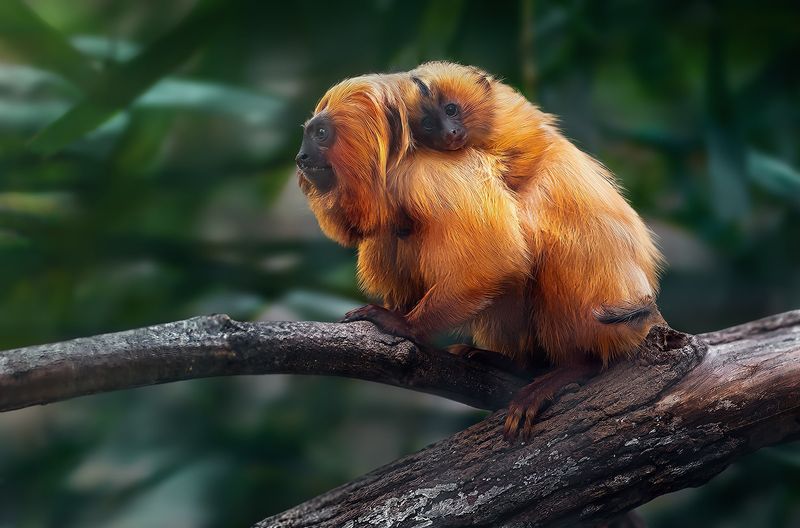
With its fiery orange mane and expressive face, the golden lion tamarin looks like a tiny lion jumped straight from a fairy tale. These small monkeys weigh less than 2 pounds but make a big impact on their forest home by spreading seeds and controlling insects.
Found only in a tiny region of Brazil’s Atlantic Forest, these tamarins lost most of their habitat to logging and development. By the 1970s, fewer than 200 remained in the wild.
Conservation success has brought their numbers up to around 3,200 today, but they’re still critically endangered. Golden lion tamarins live in family groups led by a breeding pair, with older siblings helping to raise the younger ones.
8. Blue-throated Macaw – Sky Jewel Of The Bolivian Savanna
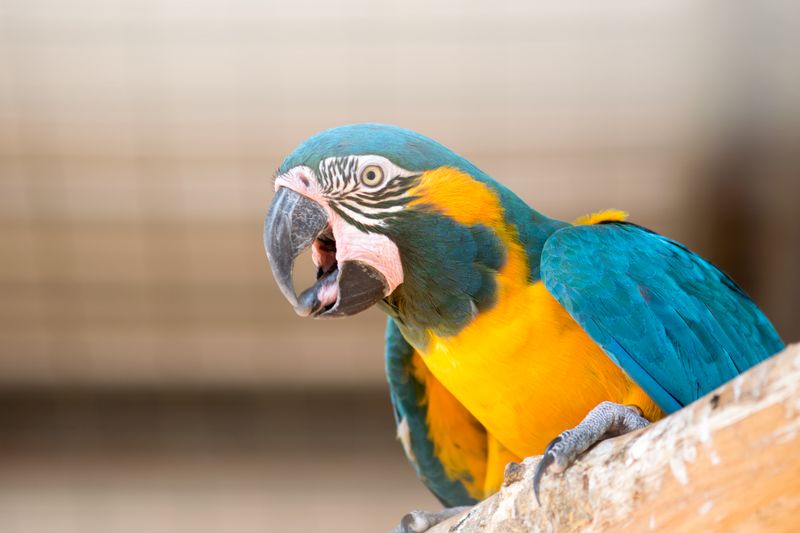
With brilliant blue plumage that seems to capture the color of the tropical sky, blue-throated macaws are breathtaking birds. Found only in a small region of northern Bolivia, fewer than 400 remain in the wild after decades of trapping for the pet trade.
These social birds form strong pair bonds that last for life. They nest in the cavities of palm trees scattered across the Beni savanna, an ecosystem that combines grasslands with islands of palm forests.
Conservation efforts include building artificial nest boxes and working with local communities to protect the birds. Their limited range makes them particularly vulnerable to habitat changes and extreme weather events linked to climate change.
9. Jaguar – Spotted Shadow Of The Amazon
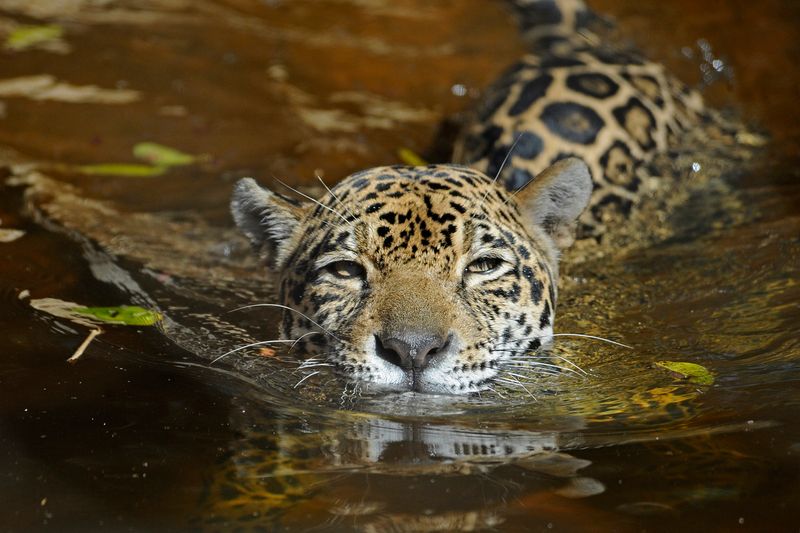
As the largest cat in the Americas, the jaguar commands respect with its powerful build and stunning spotted coat. Each jaguar’s spot pattern is unique – like a fingerprint – helping researchers identify individuals in the wild.
Unlike most cats, jaguars love water and are excellent swimmers. They have the strongest bite force of any big cat, allowing them to crunch through turtle shells and caiman armor.
Once ranging from Argentina to the southern United States, jaguars have lost over 50% of their historic range. Deforestation of the Amazon rainforest and conflicts with ranchers pose serious threats to their survival, with fewer than 15,000 estimated to remain in the wild.
10. Yellow-tailed Woolly Monkey – Peru’s Fluffy Treasure
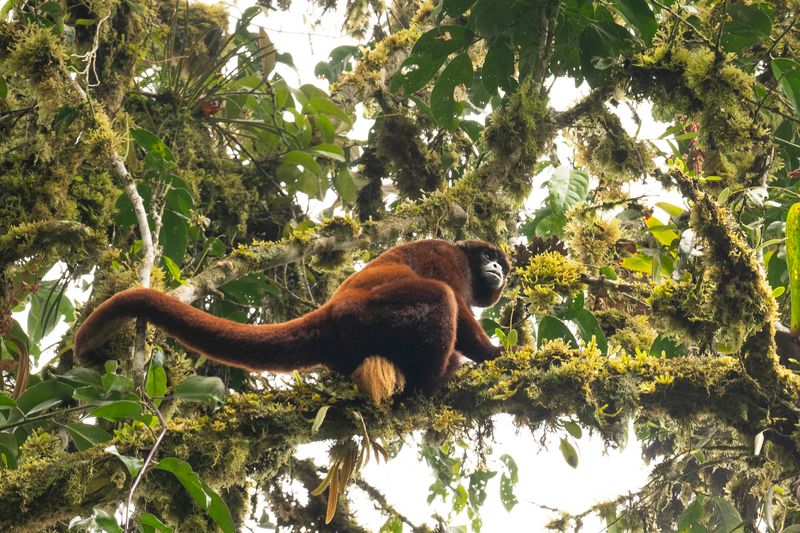
High in the cloud forests of northern Peru lives one of the world’s rarest primates. Yellow-tailed woolly monkeys are covered in thick, brown fur that protects them from the chilly mountain air, with a distinctive yellow patch on their tail tip.
These monkeys were thought extinct until their rediscovery in the 1970s. Today, fewer than 1,000 remain in a small area of the Andes Mountains, threatened by illegal logging and farming expansion.
Yellow-tailed woolly monkeys play a crucial role in forest health by dispersing large seeds that other animals can’t carry. They communicate through a complex system of calls, with different sounds for various threats and social situations.
11. Giant Otter – River Wolf Of The Amazon
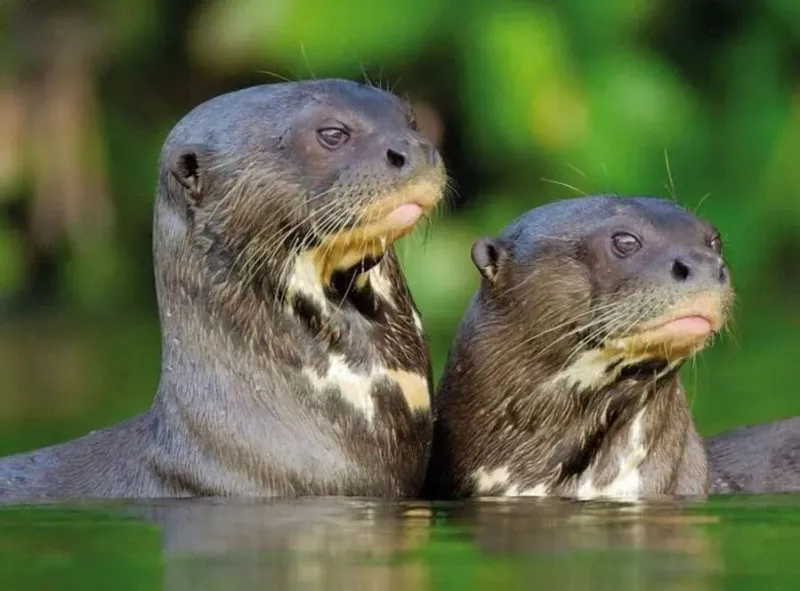
At up to 6 feet long, giant otters are the world’s largest otters – big enough to make even caimans nervous! These highly social animals live in family groups of up to 20 individuals, with each family controlling a territory along riverbanks.
Giant otters are incredibly vocal, using at least 9 different calls to communicate with family members. The distinctive white throat patch on each otter is unique, like a name tag that helps researchers identify individuals.
Mercury pollution from gold mining, habitat destruction, and conflicts with fishermen have reduced their population to fewer than 5,000. Once common throughout the Amazon Basin, they’ve disappeared from much of their former range in Brazil, Colombia, and Venezuela.
12. Poison Dart Frog – Tiny Toxic Jewels
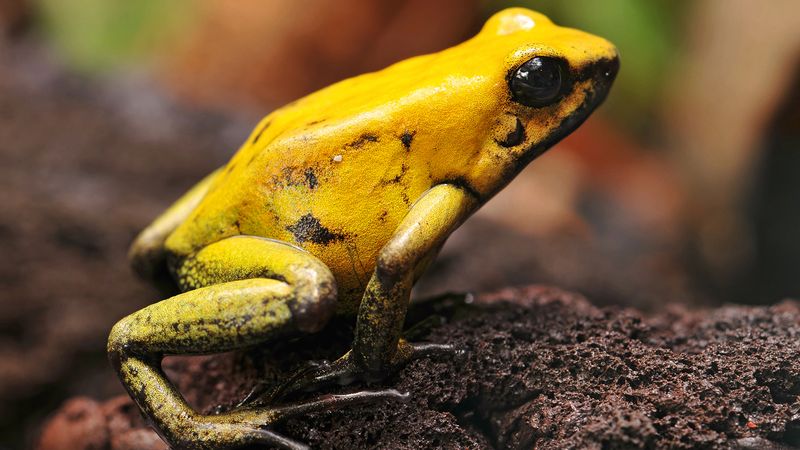
Don’t let their small size fool you – some poison dart frogs pack enough toxin to kill 10 adult humans! These tiny amphibians, often no bigger than a paperclip, come in dazzling colors that warn predators to stay away.
South America’s rainforests are home to numerous endangered poison dart frog species. The golden poison frog of Colombia is particularly threatened, with fewer than 1,000 left in a small forest region often cleared for coca production.
Interestingly, poison dart frogs raised in captivity aren’t toxic – they get their poison from specific insects in their wild diet. Indigenous peoples have traditionally used their toxins to tip hunting darts, giving these frogs their name.
13. Maned Wolf – Leggy Fox On Stilts

With legs that seem too long for its body, the maned wolf looks like a fox walking on stilts! Despite its name and appearance, it’s neither wolf nor fox but the only member of its own genus, evolved for seeing over tall grasslands.
Standing nearly 3 feet tall at the shoulder, these distinctive canids roam the grasslands and scrub forests of central South America. They’re omnivores with a strange diet – including everything from rodents to fruit, especially a tomato-like fruit called the wolf apple.
Habitat conversion to farms and ranches has reduced their population to fewer than 17,000 individuals. Many are also killed by cars while crossing roads that now cut through their territory.
14. Andean Mountain Cat – Ghost Of The High Andes
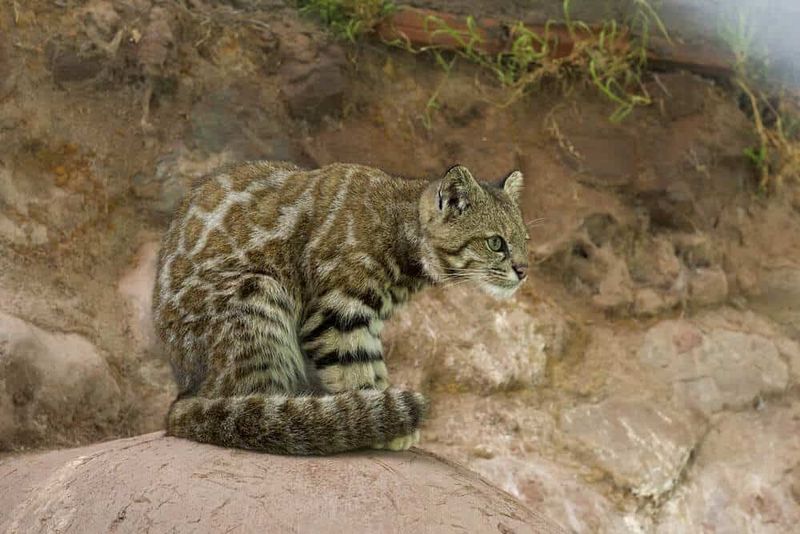
So rare that it was only photographed alive in the wild for the first time in 1998, the Andean mountain cat is one of the world’s least-known felines. These beautiful cats have thick, silvery-gray fur with distinctive dark spots and rings on their tails.
Living at elevations above 10,000 feet, they’ve adapted to the harsh conditions of the high Andes Mountains across Peru, Bolivia, Chile, and Argentina. Their main prey is the mountain viscacha, a rabbit-like rodent.
With fewer than 2,500 adults remaining, they face threats from mining development, climate change, and persecution by local herders. Some indigenous communities consider them sacred animals, which has helped protect them in certain areas.
15. Brazilian Merganser – Elusive River Duck

With fewer than 250 birds remaining, the Brazilian merganser is one of the world’s most endangered waterfowl. This striking duck has a dark green head, reddish breast, and a shaggy crest that makes it look perpetually windblown.
Brazilian mergansers require crystal-clear rivers with rapids and waterfalls to hunt for fish and aquatic insects. Hydroelectric dams, water pollution, and deforestation along riverbanks have destroyed much of their habitat.
These shy birds were once thought extinct until small populations were rediscovered in remote parts of central Brazil. They form strong pair bonds, and both parents help raise their ducklings, teaching them to navigate the fast-flowing rivers where they make their home.



